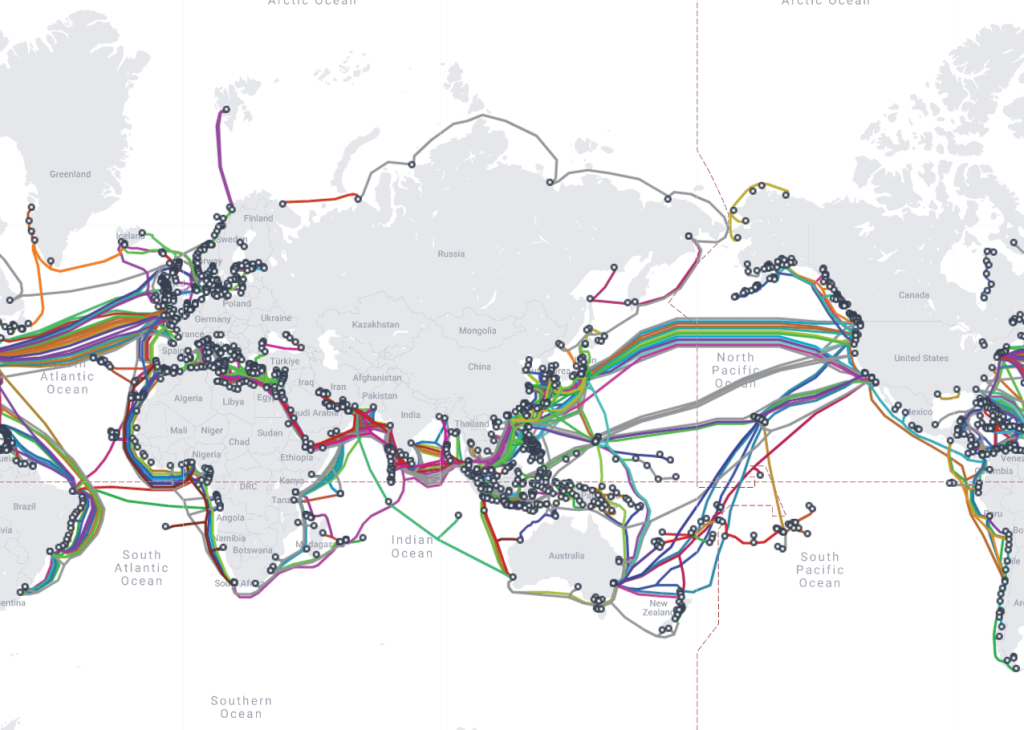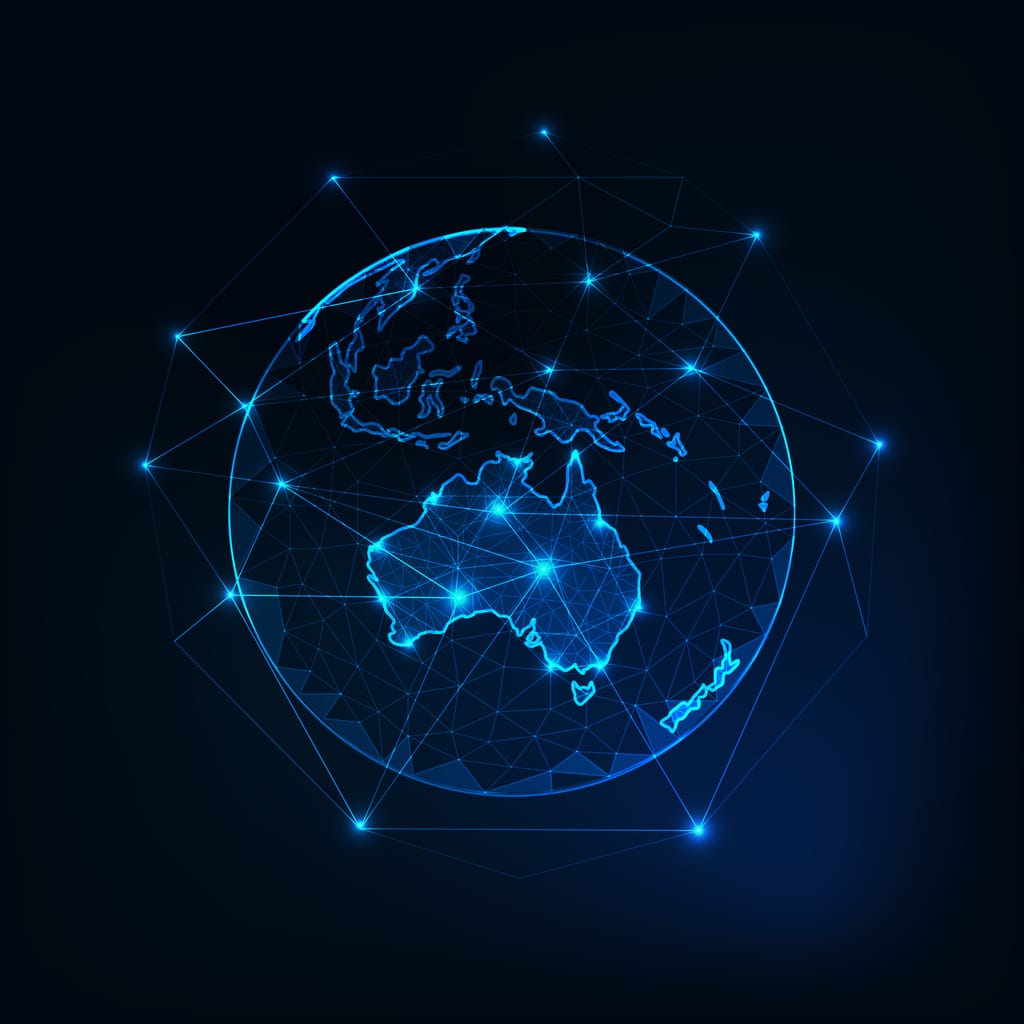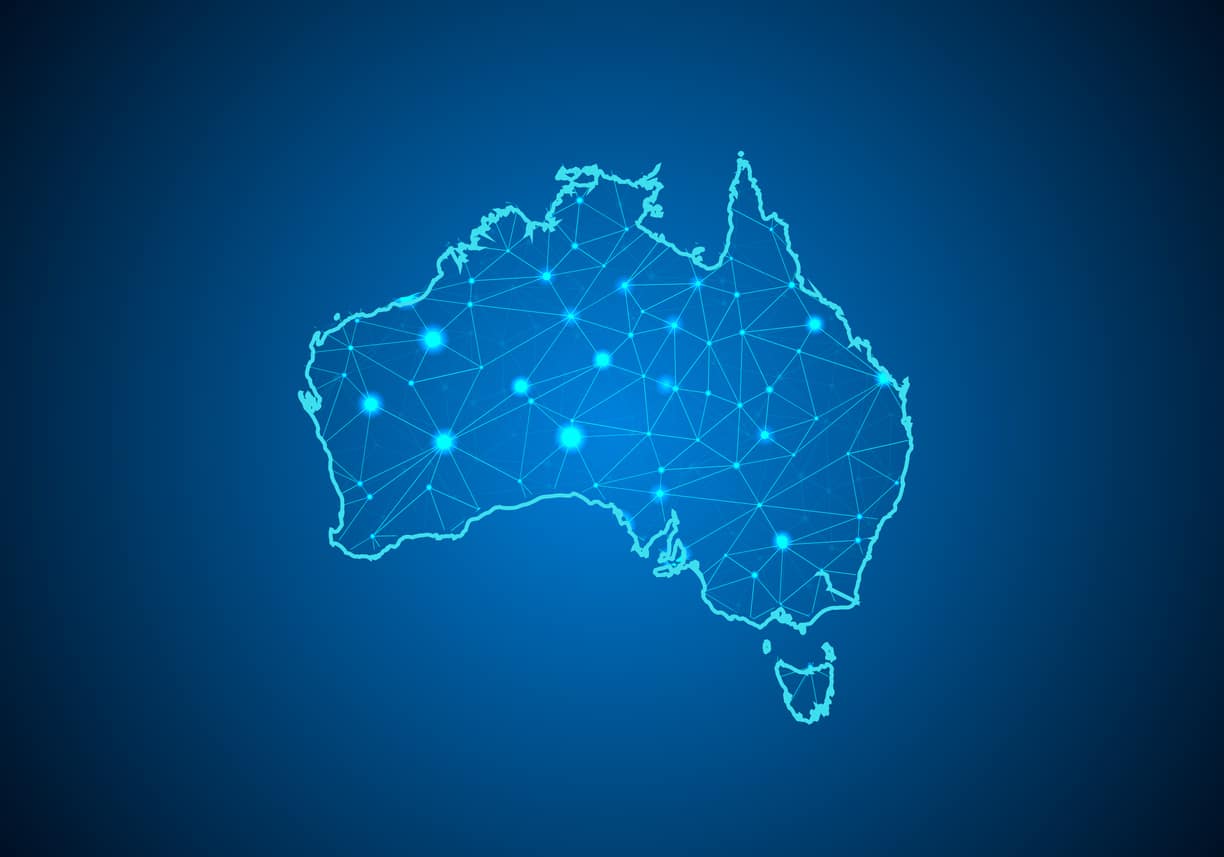Why the Australian internet isn’t what it used to be (and that’s a good thing)
Australia’s first internet connection in 1989 came some 20 years after the first successful link in the United States, with the first international connection providing just 56 kilobits of bandwidth. While that may have sufficed for academics and computer scientists who patronized the early web, the present state of Australian internet, with 86% of all households connected, could not have been imagined.
Since this inauspicious start, improved transmission and transport technologies have dovetailed to seamlessly connect Australia to the rest of the world. This bodes well for individuals, businesses, and cloud service providers enjoying fast and reliable internet connections to and from just about anywhere.
Australian Submarine Cables are Taking Off
Despite the hype surrounding satellite communications, 95% of international data transfer is still completed using submarine cables. For Australia, this figure approaches 99%, with around 400,000km of undersea cable owned and operated by Australia’s largest internet provider, Telstra.
These exceptionally long and reliable fibre optic cables are marvels of engineering, able to withstand everything from shifting currents to shark bites while delivering high bandwidth, low latency service. Vastly improved internal infrastructure and newly minted submarine cable routes to major technology hubs have combined to take Australia’s connectivity to the next level.

The Southern Cross NEXT Cable
The 15,840km Southern Cross NEXT Cable, launched in July of 2022, is the longest single undersea span in the world, delivering ultra-fast 400Gb Ethernet communication. Connecting Sydney with Los Angeles, the Southern Cross NEXT has effectively doubled Australia and New Zealand’s international connectivity capacity to the USA.
Although the Southern Cross NEXT features an express route between continents, it also makes stops in Fiji to bring high-speed service to the island nation. The latest coherent optical technology improves sustainability by lowering per-bit power costs by 600%.
The Oman Australian Cable (OAC)
The 11,000km Oman Australia Cable (OAC) also opened for business in 2022, establishing a high-speed, high-capacity gateway between Australia and the Middle East. A new extension to Salalah is underway to provide additional protection from earthquake zones along the existing route.
Salalah is the home of several new hyperscale cable projects and data centres with low-latency land-based connections to Europe already in place. This beneficial location will enhance high-speed connectivity between Australia and Europe substantially.
The Australia-Japan Cable
While these new submarine cable networks linking Australia and New Zealand to the USA, Europe, and the Middle East were being installed on the ocean floor, existing cable networks were being upgraded to support the latest optical communication technologies. The Australia-Japan Cable (AJC), connecting Australia to Japan and Guam, has been in operation for over two decades. Initially launched with 10 GBps Dense Wave Division Multiplexing (DWDM) transmission technology, the route has been upgraded to utilize coherent optical technology and increase capacity to 10 Terabits per second (TBps).
The Australia-Singapore Cable (ASC)
The 4,600km Australia-Singapore cable (ASC) launched in 2018 provided the first high-speed link between Western Australia and Southeast Asia. The ASC was a 50/50 joint venture between Vocus and Nextgen Networks. This undersea cable run was damaged by a ship’s anchor in August of 2021, temporarily disrupting service. As evidence of the robust construction and resilience of undersea fibre networks, the ASC resumed normal operation just 12 days later.

The Future of Australian Connectivity
Impressive new submarine cable networks, along with many smaller links, have spurred the transition from relative isolation to worldwide high-speed connectivity in just over three decades, and the journey isn’t over yet. Japan, Australia, and the United States just launched a joint project to establish a 2,250km undersea link to Micronesia, Nauru and Kiribati as part of a long-term effort to connect underserved regions and remote islands to the internet.
Of course, more redundancy of services will always be welcomed, as Telstra and other providers employ an “always on” policy to instantly reroute traffic if a submarine cable is damaged.
Need Help Getting Your Company Connected?
The story of the Australian internet began slowly but eventually led to the connectivity and bandwidth boom we are seeing today.
Give us a call to find out how Australia’s rapidly evolving undersea cable infrastructure can improve your internet speed and worldwide connectivity with the SMB Solutions Cloud!

